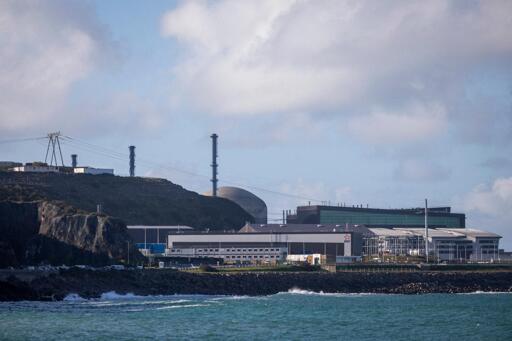Summary
France’s Flamanville 3 nuclear reactor, its most powerful at 1,600 MW, was connected to the grid on December 21 after 17 years of construction plagued by delays and budget overruns.
The European Pressurized Reactor (EPR), designed to boost nuclear energy post-Chernobyl, is 12 years behind schedule and cost €13.2 billion, quadruple initial estimates.
President Macron hailed the launch as a key step for low-carbon energy and energy security.
Nuclear power, which supplies 60% of France’s electricity, is central to Macron’s plan for a “nuclear renaissance.”



The entirety of all nuclear fuel waste ever produced and that would be produced after 2000 years of fully nuclear energy produce and consumption at current rates wouldn’t fill a mid sized van.
The nuclear waste excuse is oil industry propaganda, and you should feel bad for repeating it without getting a paycheck.
Wow, that’s good news! I guess we can just pay residents some rent to store the 4,925 40-foot containers full of
nuclearharmless waste in their backyards then. Years of planning from scientists and engineers and millions of spending could have been avoided if the experts would have just read the comments on the internet!http://large.stanford.edu/courses/2017/ph241/dory2/
That includes individual storage containers, which wouldn’t be needed if you oil loving freaks wouldn’t have required the most inefficient storage solutions in order to intentionally drive up costs. The actual waste is several orders of magnitude smaller.